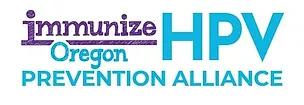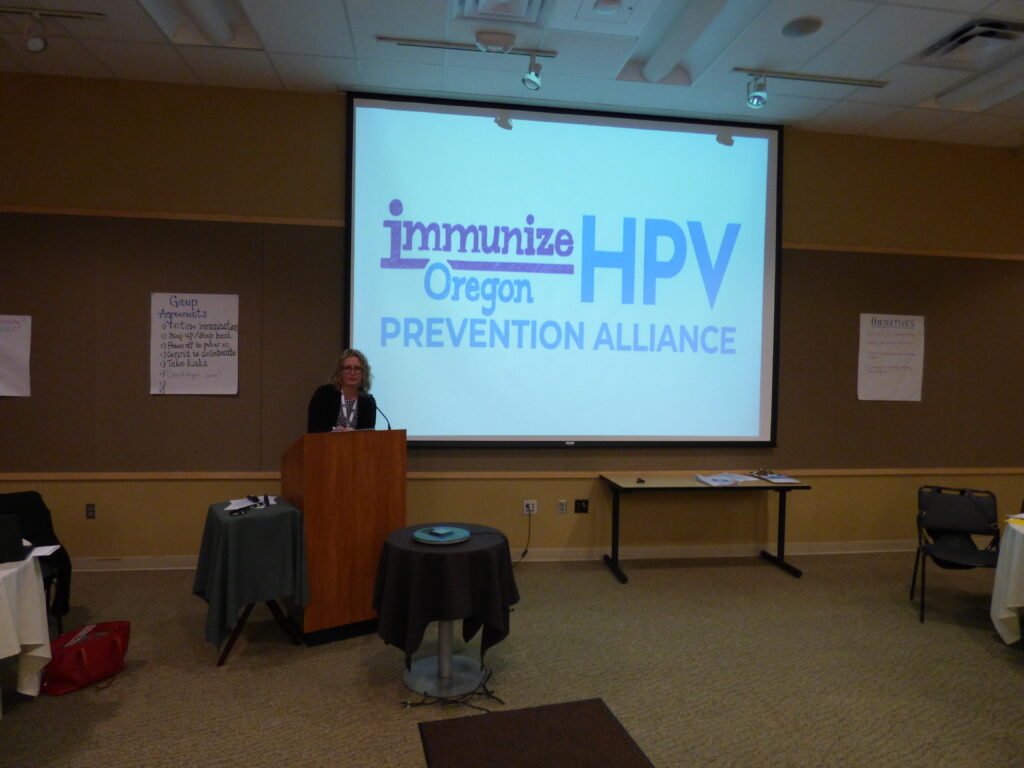The Oregon HPV Prevention Alliance is a community of organizations and individuals dedicated to preventing HPV and HPV-related cancers by increasing HPV immunization rates in Oregon.
Oregonians are free to live healthy, productive lives without the burden of preventable HPV cancers


Goals set included:
